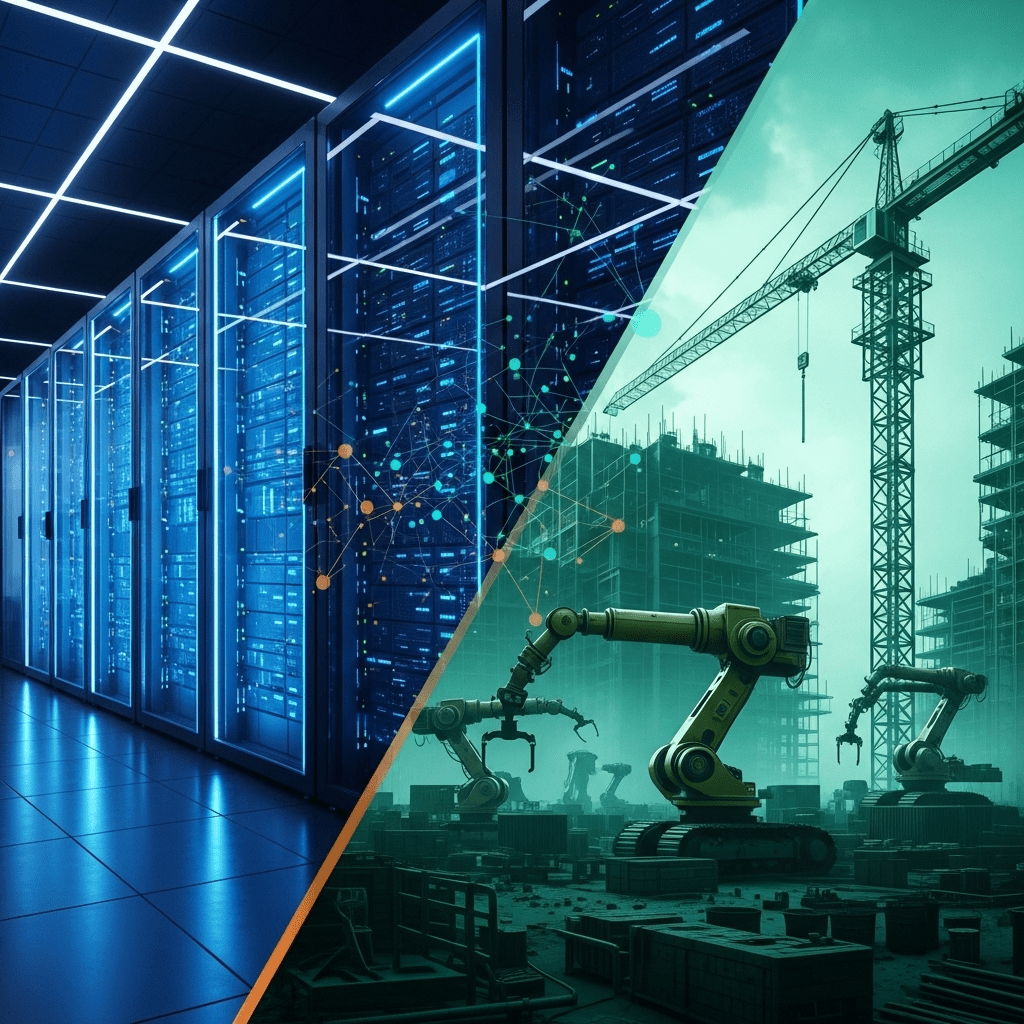As OpenAI races to build AI data centers, the tech world is watching the competition unfold between the AI startup and cloud giants. At the same time, Microsoft CEO Satya Nadella points out that Microsoft already boasts a robust network of AI-ready data centers—a deciding factor in the future of artificial intelligence scaling and implementation.
OpenAI Races to Build AI Data Centers: Industry Dynamics
The rapid expansion of AI infrastructure is critical, as OpenAI races to build AI data centers to keep pace with soaring demand for advanced language models and generative technologies. While OpenAI’s vision includes state-of-the-art facilities and custom-built computing hardware, the company still remains reliant on established players for large-scale implementation—most notably, Microsoft.
The Microsoft Advantage: An Established Global Network
Microsoft’s investment in data centers over the past decade gives it a significant head start over competitors and partners alike. With dozens of hyperscale data centers spanning North America, Europe, Asia, and beyond, Microsoft Azure offers not just raw storage and computing power, but also the resilience, redundancy, and security expected by enterprise clients and institutional investors. This pre-established infrastructure provides Microsoft with significant leverage as digital transformation accelerates across industries.
What Does This Mean for OpenAI?
Despite OpenAI’s ambitious announcements, industry analysts recognize that designing, permitting, and building custom data centers is time- and capital-intensive. The partnership between OpenAI and Microsoft further complicates the narrative: many of OpenAI’s breakthroughs, including the ongoing evolution of ChatGPT, are powered by Microsoft’s existing cloud infrastructure. This collaboration highlights the strategic value of established infrastructure in the AI revolution and underscores why Nadella is keen to remind markets of Microsoft’s lead.
The Importance of Scalable AI Infrastructure
Scalability is a key concern as OpenAI races to build AI data centers. Large language models and powerful inference engines require not just isolated pools of GPUs, but massive, interconnected computational grids supported by efficient cooling and energy management. Microsoft’s years of experience running mission-critical workloads enhances reliability—an absolute necessity for financial services, healthcare, and government applications.
Financial Implications for Investors
With billions flowing into both cloud infrastructure and AI development, institutional investors are analyzing which firms own or control the foundational assets of the future AI economy. Microsoft’s established data centers position it as a safer bet, while OpenAI’s aggressive push signals both opportunity and risk. Understanding this balance is vital for anyone seeking long-term growth opportunities in the technology sector.
Innovation and Partnership: The Road Ahead
Beyond the race to own physical infrastructure, both OpenAI and Microsoft recognize the importance of partnerships. OpenAI’s focus remains on rapidly advancing foundational AI models, while Microsoft contributes its global cloud to enable deployment at scale. This symbiotic relationship suggests technology investors should track how such strategic alliances evolve, potentially driving new waves of value across emerging markets.
Conclusion: Established Giants Versus Agile Innovators
While OpenAI races to build AI data centers, Microsoft reminds the world of the power in scale, reliability, and first-mover advantage. In the broader context of AI’s explosive growth, firms that can both innovate and deliver at scale will win the lion’s share of investment. For now, Microsoft’s global infrastructure grants it a pivotal role, even as OpenAI looks to secure its future independence and long-term competitiveness.
